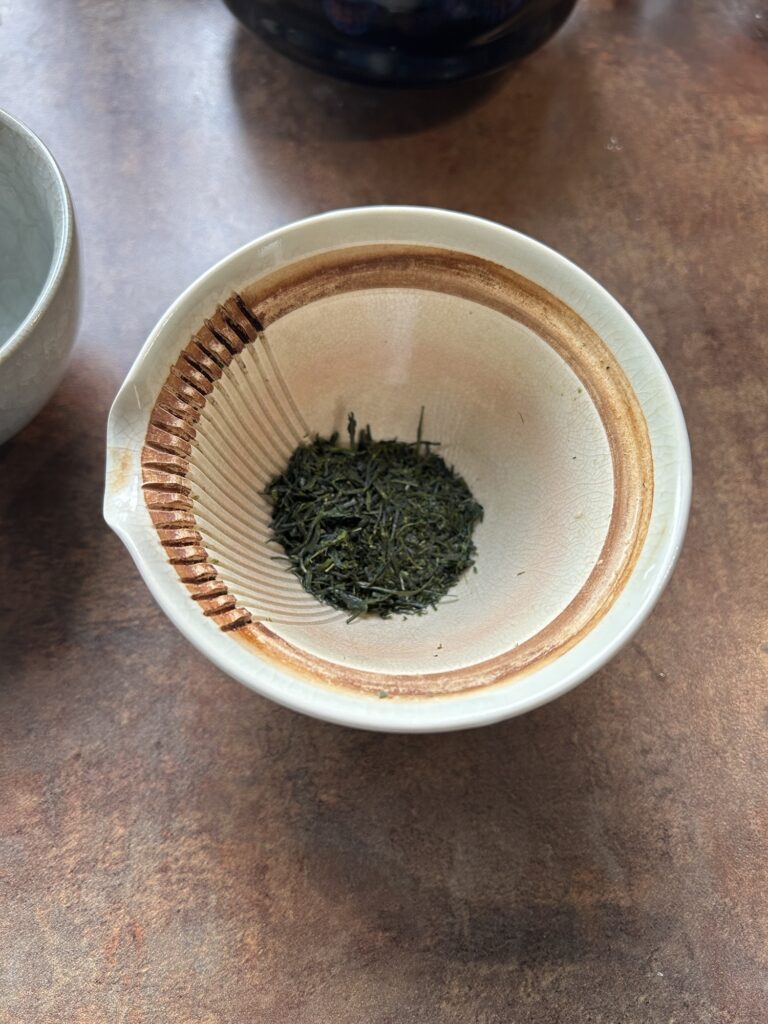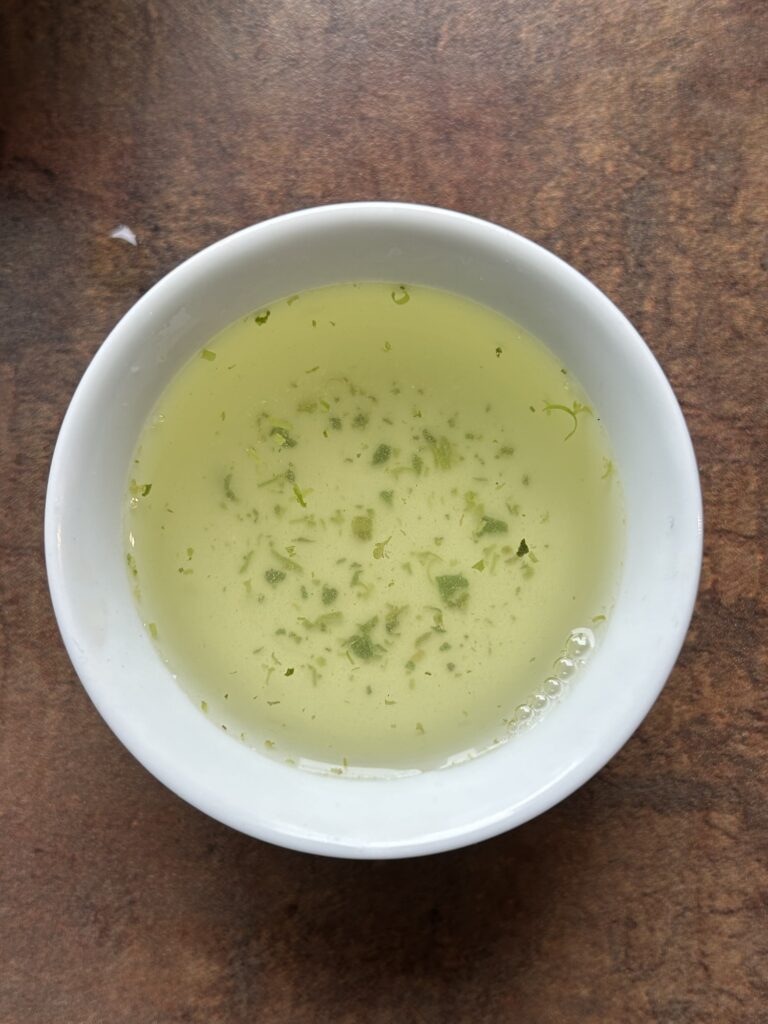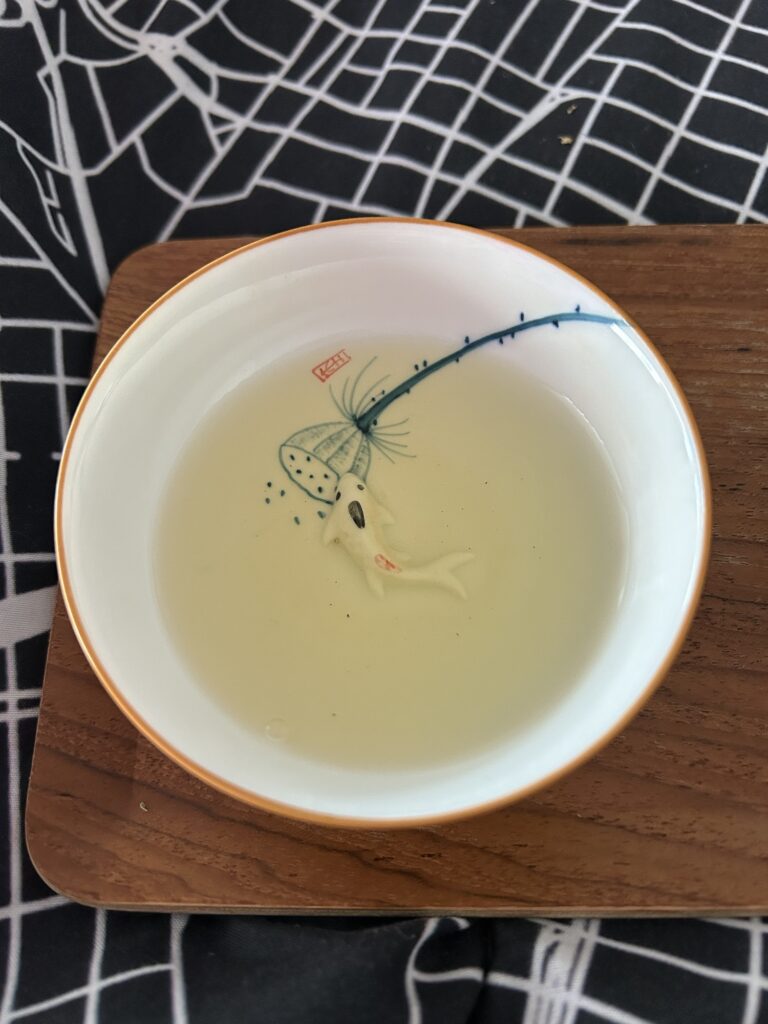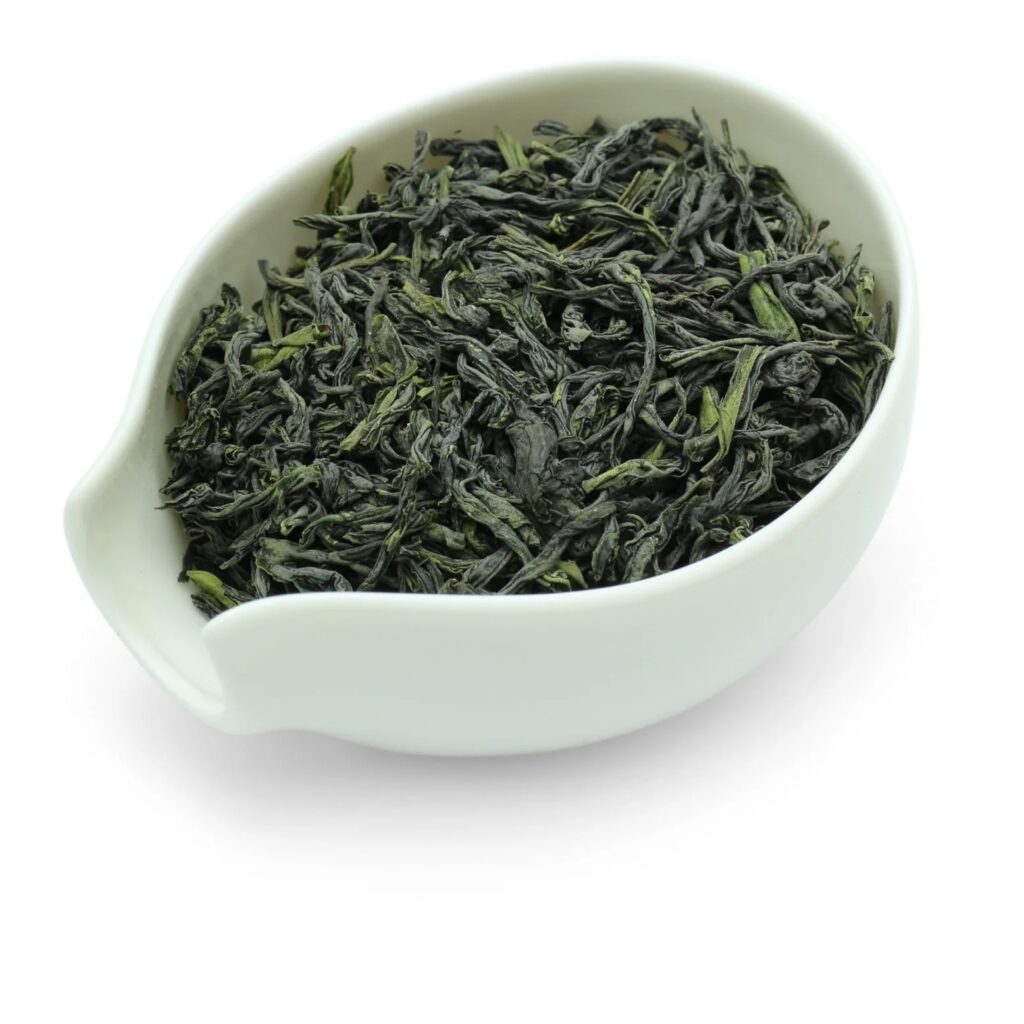Monday morning. I’m looking at people on the street, in the middle of what I think is their daily routine. People getting their morning coffee. A young dad with a toddler in a stroller, very leisurely looking. A girl with a yoga mat heading to, or from, her (socially distanced, appropriate) practice. I feel joy with a pang of envy looking at them. The others’ outside tells me that they are enjoying their morning habits, while my inside asks me, “why haven’t taken your longboard with you so that you could practice during your lunch break?”
I’m a creature of habit. I find comfort in the things that are familiar. Love my routines. Love my comfort zone. It’s about something different than never pushing myself out of it — the longboard is one of the things I’m currently exploring, way beyond my comfort zone; and trust me, it is definitely uncomfortable when I can’t brake. Yet, I have to admit, the simple routines — knowing that now it’s time to get dressed and go, now you have time for reading and making yourself a cup of tea, and now you have to dive deep into work — this kind of familiarity is essential to me.
I think of my young daughter and how her behavior deteriorated on one weekend trip when she was three. We drove to Dresden, and gosh that was tough! She was never happy, always fighting with everything. Acting out, refusing to eat anything (but ice cream and chocolate, which “is not food”), saying (more like screaming) “NO” to everything we offer. Even the playgrounds didn’t help for long — on the pretence of lacking trampolines. Spoiled little brat, in other words… Then we get back home to Berlin, and — fingers crossed it lasts — the gremlin is gone and the girl is back into her more adequate self.
All the while, I have to question myself. This disobedience was likely not a sign of a poor upbringing, rudeness and obnoxiousness, but a response to the changed environment. Just a certain sensitivity and lack of control because she found herself in an unfamiliar place. The first thing she did when she got home? Played with all of her toys. Ah, the relaxation of being at home, surrounded by habitual things. No need to fight anymore.
For sure having the elements of one’s routines around is comforting. (That’s why, for example, I often take my tea set on my travels.) But also, finding joy and comfort in the things that you do often, looking forward to them in your habitual, daily life, is crucial. Especially emphasized by the lockdown, I suppose. Sometimes our response to the unknown is like the toned down version of a toddler temper tantrum. We can fight something just because our need to feel secure outweighs the curiosity of exploration. In such situations, having something familiar at your hands, a piece of your daily that you can resort to helps to ground you up in your day, and to deal with the “chaos” around you.
Some of such things that I have are:
1. Notebook. A physical notebook is good, and I often (but not always) carry it on me. If not, then notes — on phone or tablet. This is also a place to go to. Yet, recently I got a little notebook in addition to a bigger one, so that I can carry it around and use anytime I need a mind cleanse.
2. Tea. On trips, I prefer to have a small travel-sized teapot/cup combination with me, and a thermos tumbler to keep water hot. And one or two sorts of tea. This helps me to slow down when needed, and even in a hotel room, make a good cup of tea. When going on a long walk (an approximation of travel that we now can afford), normally there’s also some tea in the thermo bottle.
3. Music. I have to admit, I resort to reading more than to music lately. Yet, for as long as I can remember myself, from childhood, whenever I didn’t have access to music, I was starting to feel uncomfortable very quick.
I don’t know if there’s anything else that I need to make myself feel “at home” — meaning, peaceful and more of myself. But these for sure are my essentials. Doesn’t mean that I always have them with me or even if I do, I always use them. These are just a few hooks that I can use throughout the day to feel better.








